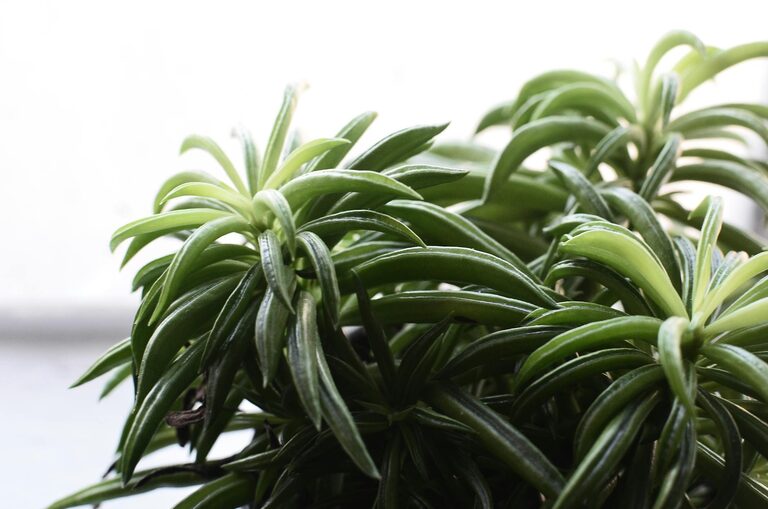Bringing houseplants into your home is a wonderful way to add natural beauty and fresh air to your living space. However, keeping them healthy can sometimes feel challenging, especially for beginners. With the right care and attention, your houseplants can thrive and bring lasting joy. In this post, we’ll explore practical tips to help you maintain happy and healthy indoor plants.
Understanding Your Houseplant’s Needs
Different plants have different care requirements. Understanding what your specific houseplants need is the first step toward their long-term health.
Know Your Plant Type
– Light requirements: Some plants like bright, direct sunlight (e.g., succulents), while others prefer indirect light (e.g., ferns).
– Watering routines: Overwatering is a common mistake. Learn how much water your plant needs and how frequently.
– Humidity preferences: Tropical plants often enjoy higher humidity levels, which may require occasional misting or a humidifier.
Checking the label or researching your plant online can provide valuable information tailored to its needs.
Providing Proper Lighting
Light is essential for photosynthesis—the process that fuels your plants’ growth.
Tips for Lighting:
– Place light-loving plants near south or west-facing windows.
– Use sheer curtains to diffuse intense sunlight if a plant is sensitive.
– For low-light plants, try north-facing windows or spots away from direct sun.
– Consider using grow lights if natural light is insufficient, especially in darker rooms or during winter.
Watering Wisely
Watering is more than just pouring water; it’s about the right amount at the right time.
Best Practices for Watering:
– Check soil moisture by touching it. Water only when the top inch feels dry.
– Use room temperature water to avoid shocking the roots.
– Ensure pots have drainage holes to prevent water from pooling and causing root rot.
– Avoid frequent shallow watering, which encourages weak roots. Deep, less frequent watering promotes healthier roots.
Feeding and Fertilizing Your Plants
Plants need nutrients to grow strong leaves and stems.
Fertilizing Guidelines:
– Use a balanced, water-soluble fertilizer designed for houseplants.
– Feed plants every 4-6 weeks during the growing season (spring and summer).
– Reduce or stop fertilizing during fall and winter when growth slows.
– Be cautious not to over-fertilize, which can harm your plant.
Maintaining Proper Humidity and Temperature
Indoor environments can be dry, especially during winter or in air-conditioned rooms.
How to Manage Humidity:
– Group plants together to create a microclimate with higher humidity.
– Use a pebble tray filled with water under the pot (make sure the pot isn’t sitting directly in water).
– Mist plants lightly with water, particularly tropical varieties.
– Consider a humidifier if your home is very dry.
Temperature should generally be stable:
– Avoid placing plants near drafts, heat vents, or cold windows.
– Most houseplants prefer temperatures between 65–75°F (18–24°C).
Pruning and Cleaning Your Plants
Healthy growth often requires routine maintenance.
Why Prune and Clean?
– Remove dead or yellowing leaves to prevent disease.
– Pruning encourages bushier and more robust growth.
– Dust can block light absorption, so gently wipe leaves with a damp cloth every few weeks.
Repotting When Necessary
Plants may outgrow their pots and need room to grow.
Signs It’s Time to Repot:
– Roots are growing through drainage holes.
– Water drains quickly because roots have filled the pot.
– The plant looks top-heavy or is uncomfortable in its current pot.
Repot in spring using a pot one size larger with fresh potting soil suited to your plant type.
Watch for Pests and Diseases
Indoor plants can attract pests like spider mites, aphids, or mealybugs.
How to Handle Pests:
– Inspect plants regularly for small spots, webbing, or sticky residues.
– Wipe pests off with a damp cloth or mild soapy water.
– Use natural pest control options like neem oil if needed.
– Remove severely infested leaves or plants to protect others.
Final Thoughts
Taking care of houseplants is a rewarding hobby that connects you with nature. By understanding your plants’ needs for light, water, nutrients, and environment, you can create optimal conditions that help them stay healthy and vibrant. With a bit of attention and consistency, your green friends will flourish and brighten your home for years to come.
Happy gardening!

